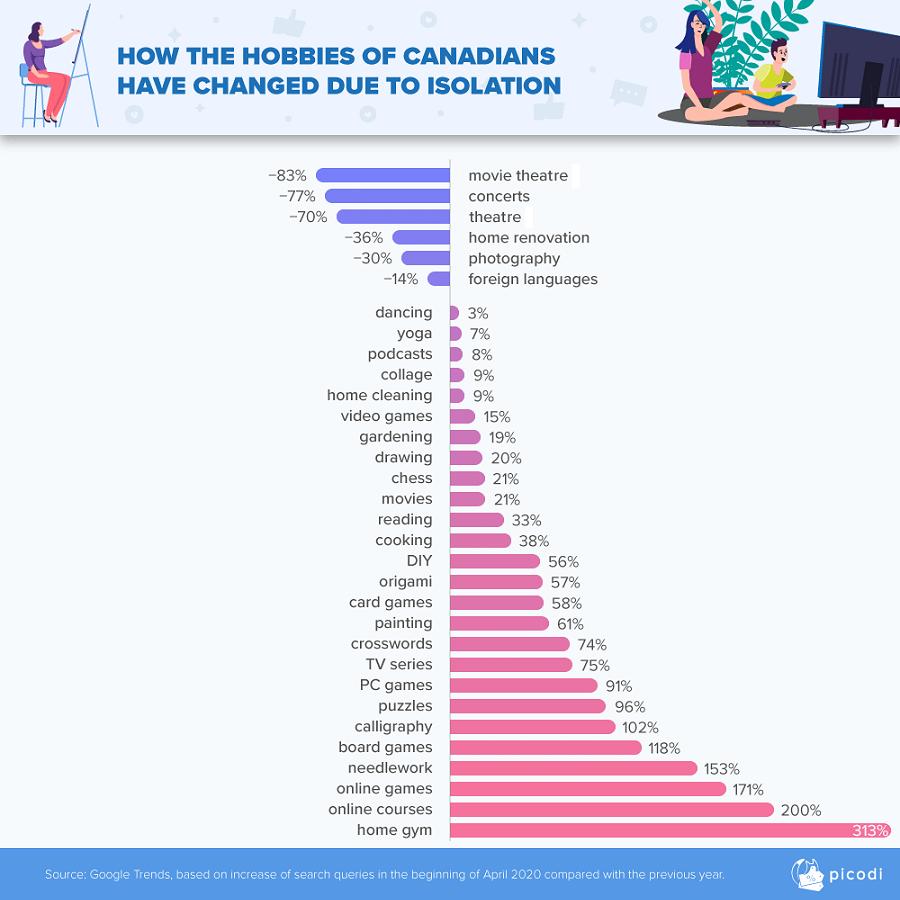Part
01
of six
Part
01
Canadian Guilt
Canadian guilt in consumerism appears to be primarily tied to concerns about making eco-friendly decisions, healthy food choices and sensible overall spending decisions.
Environmentalism
- According to Shelton Group founder and CEO Suzanne Shelton, the core of Canadian guilt in consumerism is characterized by remorse or embarrassment over "all of the un-green" choices that Canadians make on a daily basis.
- More specifically, Ms. Shelton asserts that environmentalism is at the "core of who we are as Canadians," given that citizens are taught at a young age that wasting resources equates to being a "bad person."
- Consistent with these statements, an August 2020 survey of Canadians found that guilt over not taking care of the environment is experienced by many Canadians as they conduct routine lifestyle tasks and make related shopping decisions. Specifically:
- 39% of Canadians feel guilty about wasting food
- 27% of Canadians feel guilty about leaving the lights on after leaving a room
- 27% of Canadians feel guilty about wasting water
- 22% of Canadians feel guilty about not unplugging chargers/electronics when not in use
- 21% of Canadians feel guilty about not recycling things
- 20% of Canadians feel guilty about forgetting to bring reusable bags to the store
- 20% of Canadians feel guilty about letting the water run while brushing teeth or washing dishes.
- 9% of Canadians feel guilty about not buying CFLs or LEDs
- 7% of Canadians feel guilty about not sticking to an energy-efficient thermostat setting
- 6% of Canadians feel guilty about using chemical lawn or plant fertilizers.
- Moreover, historic research from GfK corroborates Ms. Shelton's stance that guilt related to the environment is not a new or passing trend in the country, but a longstanding source of embarrassment and shame.
- Specifically, GfK's April 2015 survey of 1,000 Canadians found that approximately half (53%) felt guilty when they did or bought something that wasn't environmentally friendly.
- Moreover, GfK's analysis revealed that a large majority (73%) of Canadians believe that brands and companies also "have to be environmentally responsible."
Food Choices
- Guilt about food choices is another consistent theme surrounding Canadian consumerism, both in terms of what Canadians choose to buy for their children as well as consume themselves.
- Most recently, a survey of approximately 1,000 Canadian parents by Maple Leaf Foods revealed that many feel "pressured to make healthier choices" by the local news (49%) or social media (54%) when making food decisions for their children.
- Additionally, while the large majority of Canadian parents (70%) feel the desire to provide their families with more healthy food options, many also feel associated guilt and frustration because they believe purchasing healthy food is too expensive (71%) or time-consuming (52%).
- In parallel, slightly dated research (March 2017) by Mintel revealed that approximately half (53%) of Canadians feel guilty when they personally buy or consume foods that they "consider unhealthy."
- Such guilt about purchasing or eating unhealthy food is particularly acute for young Canadian women (59%) and mothers (60%).
- Not only do Canadians believe that poor food choices impact their physical health (84%), but approximately two-thirds believe that doing so "affects their emotional well-being."
- As such, approximately half (45%) of Canadians are interested in trying new foods that claim to improve health, while a meaningful portion of the population (27%) are more likely to buy food times that claim to offer health advantages.
Overspending
- Meanwhile, the latest research by Capital One Canada and Credit Canada also reveals that Canadians have general shame and anxiety about overspending on "guilty pleasures."
- Based on a survey of 1,510 Canadians, residents of the country are most likely to feel guilt about overspending on these key areas:
- 72% of Canadians feel guilty about spending too much on dining out
- 71% of Canadians feel guilty about spending too much on ordering out for food
- 50% of Canadians feel guilty about spending too much on coffee beverages
- 44% of Canadians feel guilty about spending too much on online shopping
- 33% of Canadians feel guilty about spending too much on clothes
- 23% of Canadians feel guilty about spending too much on beauty treatments.
- Notably, one-fourth of Canadians report that overspending on these areas is not only is a source of guilt, but is also preventing them from meeting their financial goals.
- Additionally, 27% of young Canadians stated that they "hid their spending habits from others" due to guilt and embarrassment.
